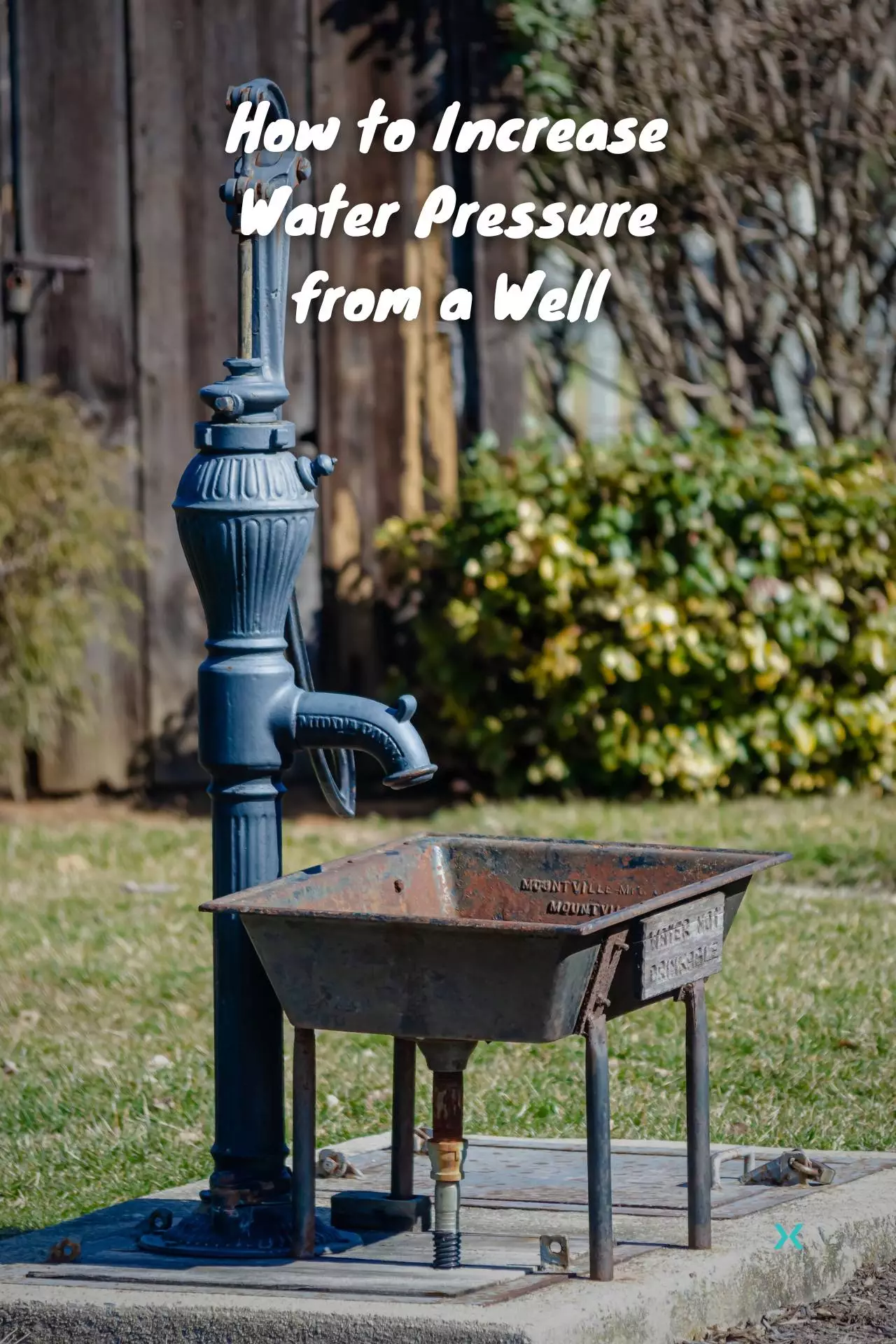💧 How to Increase Water Pressure from a Well
Looking for ways to increase water pressure from your well? Relying on a well for your water supply means you need to have the right water pressure to enjoy consistent water flow.
But what if you’re experiencing low water pressure?
Or maybe you just want to improve the pressure for an even better experience. Whatever the case may be, we’ve got you covered! In this article, we’re here to share some helpful tips and tricks to boost your water pressure from a well. Keep reading to discover our expert solutions to this common problem.
Table of Contents
💧 What is a Good Water Pressure for a Well
Having a well system can be a great way to access clean and fresh water, but it’s important to ensure that the water pressure is at an optimal level.
Before you start troubleshooting low water pressure, it’s important to understand what good water pressure looks like.
The ideal water pressure for a well system typically falls between 40 and 60 PSI (pounds per square inch).
This range ensures that the water is flowing at a consistent and efficient rate, allowing you to perform everyday tasks without any issues.
However, it’s important to note that the pressure can vary depending on a few factors.
For instance, if you live in an area with a high elevation, the water pressure may be lower than the recommended range.
Similarly, if your well system is located far away from your home, the pressure may also be affected.
Maintaining a good water pressure for your well system is crucial for ensuring that your home has access to clean and fresh water.
By understanding what good water pressure looks like and taking the necessary steps to maintain it, you can avoid any potential issues with hard water and enjoy a reliable water supply.
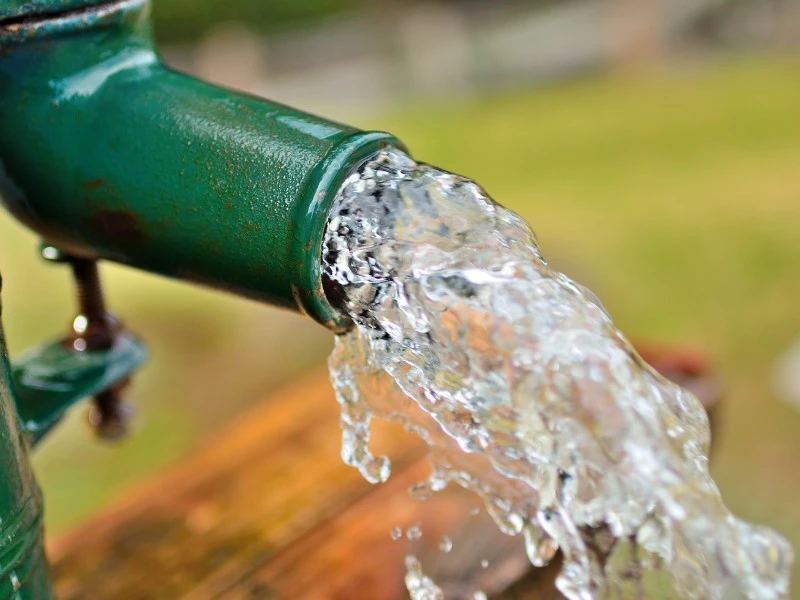
💧 What Causes Low Water Pressure?
Low water pressure can be a frustrating and inconvenient problem for homeowners. It can make it difficult to take a shower, wash dishes, or even water the lawn.
There are a number of potential causes for low pressure in a well system, and understanding these causes can help you take the necessary steps to fix the problem.
🔨 Clogged Well Screen
One of the most common causes of low water pressure is a clogged well screen or filter.
Over time, sediment and other debris can build up in the well, clogging the screen or filter and reducing the amount of water that can flow through.
This can lead to low water pressure throughout your home.
🔨 Damaged or Leaking Pipes
Another potential cause of low water pressure is damaged or leaking pipes.
If there is a leak in your water line or well system, water may be escaping before it reaches your home, leading to a decrease in pressure.
Additionally, older pipes may have become corroded or damaged over time, further reducing water pressure.
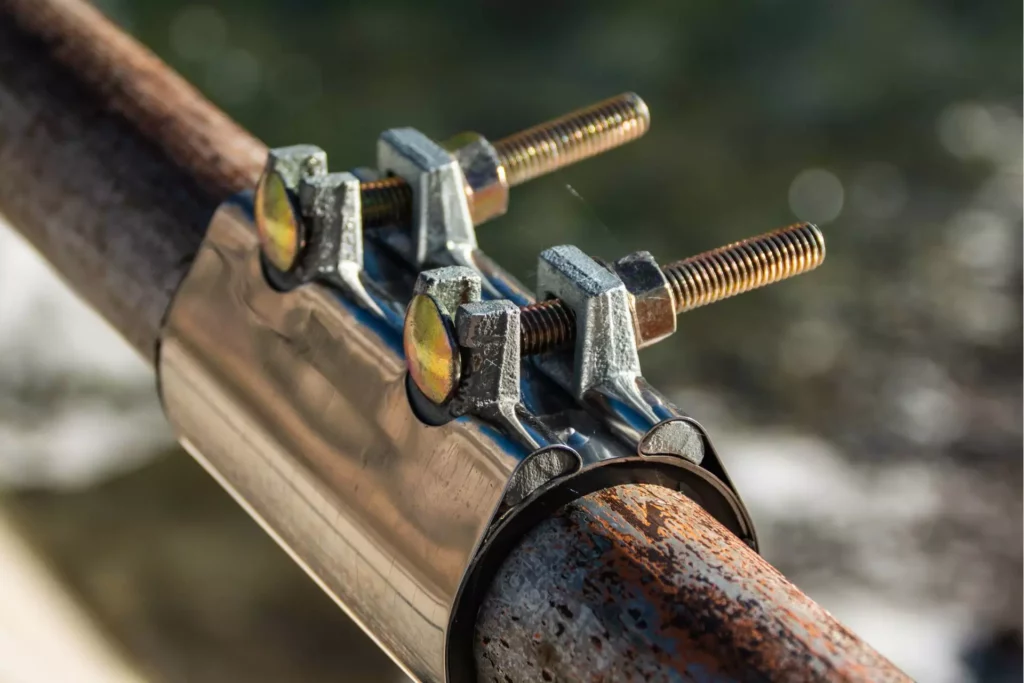
🔨 Pressure Tank and Well Pump Problems
Finally, a faulty pressure tank or switch can also cause low water pressure.
The pressure tank is responsible for maintaining a consistent pressure in your well system; if it is not working properly, you may experience a decrease in pressure.
The pressure regulator or switch, which turns the pump on and off, can also malfunction, leading to low water pressure.
🔨 Greater Demand than Flow Rate Will Provide
Greater demand for water usage than the flow rate that the well can provide can result in low water pressure.
To avoid this, consider reducing water usage or investing in water-efficient appliances, and consult with a licensed technician to assess your well system for efficiency.
It is important to manage household water usage and avoid exceeding the well’s flow rate capacity to maintain consistent water pressure.
🙋 DID YOU KNOW? The average daily household water consumption for an American family is approximately 300 gallons per day, according to the United States Environmental Protection Agency (EPA).
This includes indoor and outdoor water use, such as showering, cooking, flushing the toilet, doing laundry, and watering the lawn.
However, this number may vary depending on several factors, such as family size, water-efficient appliances, and household habits.
🔨 Reduced Volume of Aquifer
Low water levels in the well can also contribute to low water pressure.
If the water level in your well drops too low, the pump may be unable to draw enough water to maintain adequate pressure throughout your home.
This can be caused by a number of factors, including drought conditions or an increase in water usage.
If you suspect that your low pressure is being caused by any of these issues, it’s important to take action as soon as possible to prevent further damage to your well system.
Contacting a professional well service company can help you identify the root cause of the problem and take the necessary steps to fix it.
💧 Troubleshooting Low Water Pressure
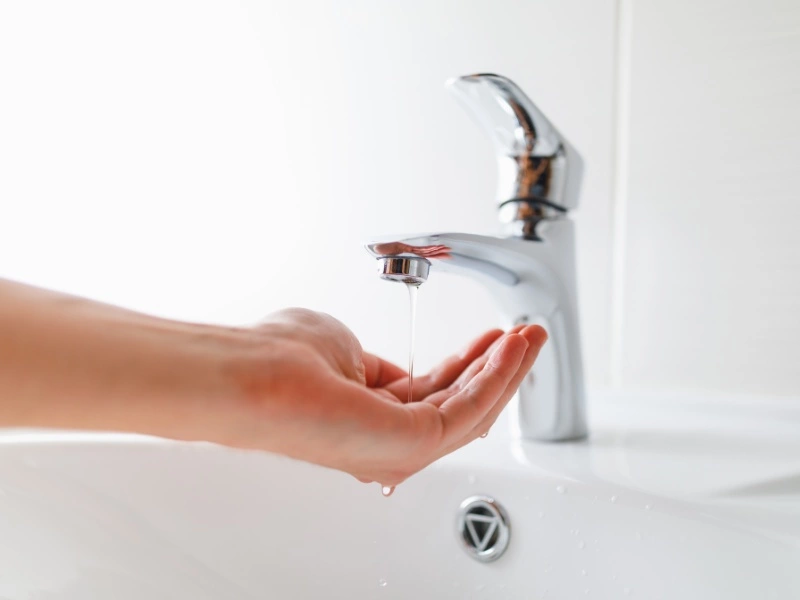
If you’re experiencing low water pressure from your well, it can be a frustrating and inconvenient problem.
However, there are several steps you can take to troubleshoot the issue and restore your water pressure to normal.
🧰 Check For Clogs
One common cause of low water pressure is clogs in the well screen or filter.
Over time, sediment and debris can accumulate in these components, restricting the flow of water and leading to low pressure.
To address this issue, it’s important to clean or replace the well screen or filter as needed. This can help improve water flow and restore your pressure to normal.
🧰 Check the Pressure Tank
It’s also important to inspect your pressure tank and pressure control switch.
These components play a key role in regulating water pressure and ensuring that your well system operates as intended.
If they are faulty or damaged, they can prevent your system from maintaining adequate pressure. In this case, it may be necessary to have them repaired or replaced.
🧰 Get a Pipe Inspection
In addition to clogs, it’s important to inspect your pipes for damage or leaks.
Even small cracks or breaks in your pipes can lead to water loss and reduced pressure.
If you notice any damage or leaks, it’s important to have them repaired as soon as possible to prevent further damage and restore your pressure.
🧰 Inspect the Well Water
Another factor that can contribute to low water pressure is the water level in your well.
If the water level is low, it can cause a drop in pressure. In this case, it may be helpful to consider a well water storage tank.
This can help you manage variations in water level and maintain consistentpressure.
🧰 Check the Water Pump
Lastly, if you have an older well pump, it may struggle to maintain adequate pressure.
In this case, it may be worth considering a well pump upgrade.
A new pump can help address low pressure issues and improve your water supply.
By taking these steps and addressing the root cause of your low water pressure issues, you can restore your pressure to normal and enjoy a reliable and consistent water supply.
📗 Related Reading: Homeowners Guide on How To Increase Water Pressure in Shower
💧 How to Increase Water Pressure From a Well
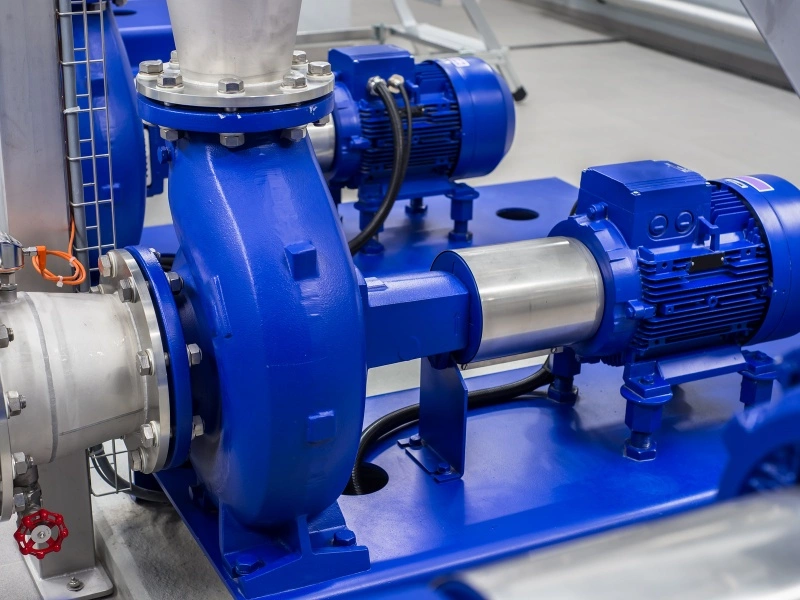
If you’re looking for ways to increase water pressure from your well, there are several strategies you can try:
🧰 Get your Pump and Pressure Tank Inspected
If you’re experiencing low water pressure from your well, it may be time to inspect your pump and pressure tank.
Over time, these vital components can wear out and cause a drop in pressure.
A licensed technician can come out and assess your system to determine the root cause of the issue.
In some cases, a simple repair can fix the pressure problem.
In other instances, you may need to replace parts or even upgrade to a new pumping system.
Don’t let low pressure from your well decrease your quality of life.
Consider getting your pump and tank inspected to get your water flowing properly again.
🧰 Adjust Pressure Tank Settings
One of the reasons for low water pressure from a well could be due to the pressure tank pressure setting.
It is possible that the pressure switch is not cutting in at the right pressure or that the air pressure in the tank is too low.
This can cause the system to work harder to pump water, resulting in low water pressure.
To solve this issue, you can adjust the pressure tank setting by increasing the pressure switch’s cut-in and cut-out for pressure tanks themselves.
This will provide a more consistent flow of water and increase the pressure from your well.
However, it is best to consult a licensed technician to assist with the adjustment to avoid damaging the system.
A professional can also check for leaks or other issues with constant pressure systems that may be impacting water pressure.
Adjusting the pressure tank setting is an effective way to increase water pressure from a well, but it should be done with caution and by a licensed professional.
🧰 Install a Pump with a Higher Flow Capacity
If adjusting the pressure tank setting or inspecting the pump and tank doesn’t solve the low water pressure issue, it may be time to consider installing a pump with a higher flow capacity.
This type of pump can improve the water pressure by increasing the amount of water that can be pumped from your well.
A licensed technician can help you determine the right type of pump for your well and ensure that it is installed properly.
This solution may be more costly than adjusting the pressure tank setting or repairing the pump and tank, but it can be a more long-term solution for consistent water pressure.
It’s important to note that installing a pump with a higher flow capacity can put more stress on your well system, so it’s essential to have it checked and maintained regularly.
With the right pump and proper maintenance, you can enjoy consistent water pressure from your well for years to come.
🧰 Install Constant Pressure Valve
Another solution for low water pressure from a well is to install a constant pressure valve.
This device monitors the water pressure in your system and adjusts the pump’s speed accordingly, providing a consistent and constant flow of water at the desired pressure.
A licensed technician can install this device to ensure that it is compatible with your well system and that it is working correctly.
The constant pressure valve can also help reduce energy costs for water systems by allowing your pump to run at a lower speed when less water is being used, saving you money on your utility bills.
This solution can be more expensive than adjusting the pressure tank setting, inspecting the pump and tank, or installing a pump with a higher flow capacity, but it offers a long-term solution for consistent water pressure.
Consider installing a constant pressure valve to increase pressure and enjoy a steady flow of water from your well.
🧰 Install a Water Pressure Booster Pump
If you’re experiencing low water pressure from your well, another solution to consider is installing a booster pump.
This type of pump is designed to increase water pressure by adding additional pressure to the water flow as it moves through the pipes.
A licensed technician can help you determine the right type of booster pump for your well and ensure that it is installed correctly.
This solution can be more cost-effective than installing a new pump with a higher flow capacity or adjusting the tank setting, depending on your specific well system.
A water pressure booster pump can also help to smooth out water pressure fluctuations and ensure that all of the fixtures in your home receive adequate water flow.
With professional installation and proper maintenance, a well water pressure booster pump can provide a reliable solution for low water pressure from your well.
🧰 Upgrade to a Constant Pressure System
If you already have a constant pressure water system, and are experiencing low water pressure, it may be time to consider upgrading the system.
An older or outdated constant pressure system may not be able to handle the demands of your household, resulting in lower water pressure.
A licensed technician can assess your current system and recommend an upgraded system to improve water pressure.
This solution can be more cost-effective than installing a new pump or a water pressure booster pump, as you may only need to replace specific components of the system.
Upgrading your constant pressure system can also provide other benefits, such as improved energy efficiency and better water conservation.
It’s essential to have a professional handle the installation to ensure that your upgraded system is working correctly and that all components are compatible.
With an upgraded constant pressure system, you can enjoy increased water pressure from your well without the need for frequent repairs or maintenance.
🧰 Other Strategies
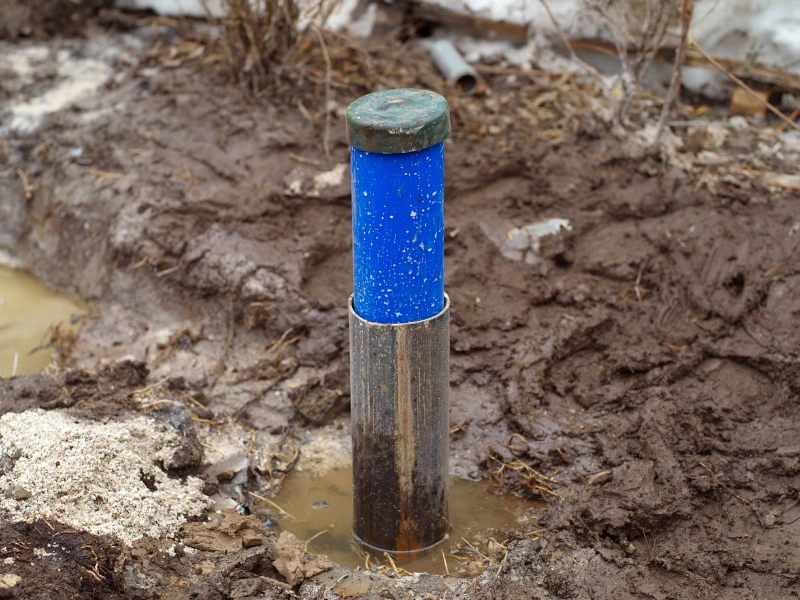
Keep in mind that not all strategies may be appropriate for your particular situation.
It may be helpful to consult with a professional to determine the best approach for your specific well system.
One important factor to consider when trying to increase water pressure from a well is the depth of the well.
If your well is particularly deep, achieving high water pressure may be more difficult.
In this case, installing a larger pump or using a booster pump to help increase the pressure may be necessary.
Another factor to consider is the age of your well system.
If your well system is old, it may not be able to handle the demands of a modern household.
In this case, it may be necessary to upgrade your well pump or install a constant pressure system to help maintain water pressure.
It’s also important to regularly maintain your well system to ensure that it is functioning properly.
This includes checking the pressure switch, inspecting the well pump, and monitoring the water pressure in your home.
Regular maintenance can help prevent issues from arising and can help extend the life of your well system.
If you’re unsure about how to increase water pressure from your well, it’s always best to consult with a professional.
A well system expert can assess your particular situation and recommend the best course of action to help improve your water pressure and overall water supply.
Related Reading: 5 Quick Ways to Fix Low Hot Water Pressure
💧 Finally!

By understanding what good water pressure looks like and taking steps to address low water pressure, you can help ensure a reliable and adequate water supply from your well.
Whether you need to troubleshoot low water pressure drops or improve pressure overall, there are several strategies you can try to improve your water supply and enjoy consistent water pressure.
If you need further advice or resources on these topics, remember our blog is an ever-expanding repository of homeowner plumbing-related knowledge!
Related Reading: DIY Guide to 15 Common Plumbing Problems & Solutions

